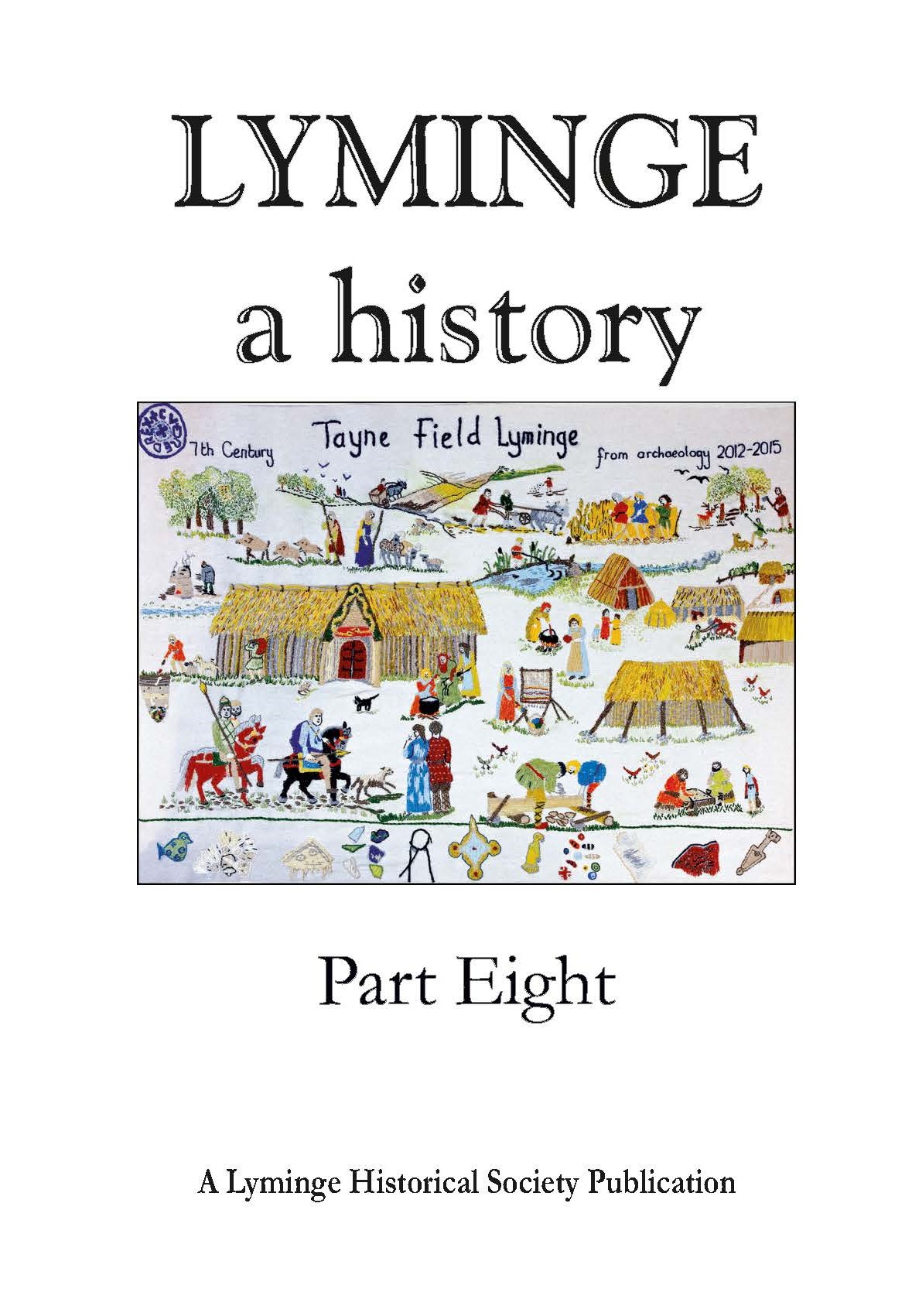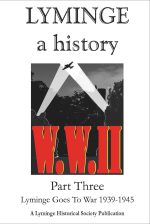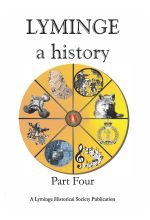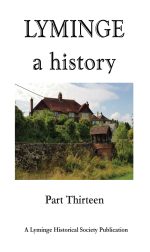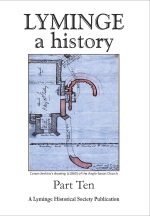Description
Chapter 44:
Davison’s Mill, Stelling Minnis: David McDine
Known as Davison’s Mill after three generations of millers of that name, Stelling Minnis still retains its fine smock mill, a rare survivor, which reached its 150th anniversary in 2016.
Chapter 45:
Lyminge Tithes: Duncan Harrington
This chapter lays out the history of the payment of tithes in Lyminge throughout the ages.
Chapter 46:
Elham Poor Law Union and Lyminge: Deborah Collins
The Elham Poor Law came into being as a result of the 1834 Poor Law Amendment Act to tackle the problems caused by the changes in agricultural practices, particularly relevant to Kent, which has increased the number of persons requiring poor relief. This chapter provides some insight into the impact that the Elham Poor Law Union had on the village of Lyminge.
Chapter 47:
Sibton Park Estate: Mike Osborne
The history of the estate is recounted from the first mention of Sibton in documents from the arrival of the Normans in 1066. The estate saw many changes over the years, with new owners, tenants and various parts of the estate being sold. Sibton House has seen several changes of use, including a School in 1949 and Holiday Property Bond in 1998, which is still the case in the 21st Century.
Chapter 48:
Water supply to Lyminge and the surrounding villages: Ron Martin
The information in this chapter is taken from a study which records the history of water undertakings from early times to the 20th Century. St Ethelburga’s well gets a mention too, as Lyminge inhabitants obtained water from this source, certainly in the 7th Century, and right up to 1905.
Chapter 49:
The Old Church Hall: Duncan Harrington
Mrs Finn-Kelcey laid the foundation stone of this building on 11 March 1932. Some large donations were given as well as public subscription, fetes and a mile of pennies. It was officially opened by the Archbishop of Canterbury, His Grace
Dr Cosmo Gordon Lang, on 18 May 1932 and cost £1,521 7s 9d including furnishings. There is a mystery as to when the hall was demolished, but the new Village Hall that we know today was opened on 15 May 1982.
Chapter 50:
Spencer Weigall: Rosemary Piddock
Born in Kensington on 14 January 1861, his grave prompted research by the Lyminge Family History and Research Group. He led an interesting life as a missionary in Africa, and lived in Lyminge for a short time before his death on 1 July 1925.
Chapter 51:
Richard Uttokcestre: Duncan Harrington
The chapter tells the intriguing story of this wealthy cleric, parson of Lyminge, who was recorded in the late 14th Century as being an outlaw and all his goods were seized to the value of £27 14s 8d. Well over £20,000 in today’s money.
Chapter 52:
The New Village Hall Part 1: Duncan Harrington
The Village Hall was constructed on a parcel of land, part of Jubilee Field, Woodland Road. It was set up as a charitable trust and Lyminge parish council made a lease for 99 years at a peppercorn rent to the trustees of the Lyminge Village Hall. The Hall was opened on 15 May 1982 by Lady Brabourne.
Chapter 53:
Lyminge archaeological dig 2015 – extracted from the dig blog
The archaeology team returned to Lyminge for four weeks in August to try to answer some questions that had arisen from the previous year’s excavation. Were they successful in their quest?

